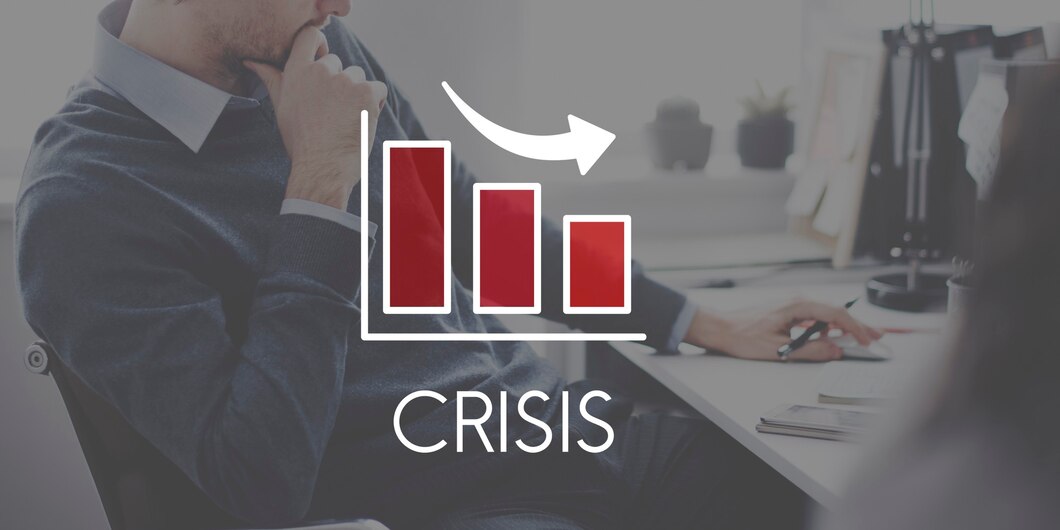Strengthening Third-Party Risk Management Practices In Banking Sector

The importance of proper risk management across the banking sector has led to a sharp focus, mainly due to the recent string of bank failures and associated financial crises.
While banks are facilitating the curation and regulation of money, irrelevant risk-taking on their part leads to notable financial losses, slowing down or stalling economies both globally and locally.
In our post today, we are going to explore the interagency guidelines for undertaking risk management for financial services. We will indulge in the actionable checklists of actions to undertake at every stage of the third-party relationship.
What Is Risk Management In Banking?
Risk management in banking is the procedure of the bank to identify, assess, and take necessary steps to mitigate the chances of something bad happening. It ranges from banking functions to investment decisions. It is mainly important in banking, where banks are responsible for creating and managing money for others.
Reportedly, three US federal regulators had jointly issued new guidance tailored for the banking sector back in June 2023. The FRS, Federal Deposit Insurance Corporation, and Office of the Comptroller of the Currency aim to boost third-party compliance as well as risk planning.
Generally, the risk teams distinguish the fraudulence and compliance functions, leading to separate groups for managing fraud-related risks. These are responsible for managing the risks associated with fraud functions and compliance risk regulation. The latter are responsible for managing the risks linked to the compliance operations.
the Significance Of Risk Management In Banking
Banks are normally the cornerstone institutions of the global and national financial systems. Therefore, while they enable a small amount of risk, they are generally afforded less risk compared to the other industries. This is because if they happen to fail, it will halt or slow the creation and exchange of money, having far-reaching impacts on the rest of the economy.
There are a couple of reasons for the importance of proper risk management in this banking sector that can help the bank:
- Avoiding the wastage or the need of urge to lose money they require to stay in business
- Avoiding disruptions to the operations
- Maintaining confidence from the customers to investors continuing to perform business with them
- Comply with the regulations and laws to avoid paying any non-compliance fines.
Ethical Practices To Bank Risk Management
There are a few specific factors a bank would consider for overall effective and potential programs for risk management. The following are a few examples included:
Establishing A Nation-Wide Framework For Risk Assessment
It is yet a different way of mentioning that it is vital in terms of involving all working in the bank and not risk or compliance teams involved with the risk management practices of the bank. The leaders of this department should think with their different teams while collaborating with the executives to come up with an entire risk profile dedicated to the bank. It is shared among the stakeholders, making them understand the risks encountered and the importance of controlling them.
Furthermore, the determined risks get assigned to the right departments, where the team leaders operate to achieve proper risk programs and ensure they are understood properly and implemented in the department. Segregating risk management helps make institution-wide preferences, limiting the scope of confusion over the proper risk management parts across banking.
Third & Fourth Party Risk Assessment
It is important to perform third-party and fourth-party risk assessments periodically or whenever there is a notable shift in the technical infrastructure or the third-party vendor composition. It is important to review the vendors annually while doing business with them. Ensure that you have commensurate details related to security controls for the high-risk vendors. The third-party and internal assessor reviews the controls and tests them periodically for their potential.
The fourth part is generally the third-party vendor, and you should aim at them too. Know about every critical vendor that your third party is depending on. Check the capability of the third-party vendors you monitor about their critical vendors, reviewing the vendor processes and policies that pertain to vendor management. Try ensuring that the contracts specify the critical services performed by the vendors that do not get outsourced.
Focus On Identification Verification & Authentication
People who are dishonestly dealing with the bank will significantly maximize the risks encountered. This is the reason why a bank must invest in identifying accreditation and authentication tactics for customers, whether they are people or businesses like their own employees. These might mainly include vitals during the onboarding process; however, they are applied daily later, ensuring that all act within their capacity.
KYC or Know Your Customer can help ensure that people do not impersonate rest to crook the group or act out of law to the benefit of the other party. Know Your Business, or KYB, is important to know about those responsible for the business, ensuring that the business is not hiding any unlawful dealings and is legitimate.
KYE, or Know Your Employee, is also vital in terms of ensuring that every bank employee acts in the best interest of the bank. Numerous risks are taken by employees who misuse privileged details, including sharing them with illegitimate external parties.
Task Automation Associated With Risk Management
Check out the transactions to note if they create a threat or risk to the bank and its stakeholders, which is an arduous job, and if not immoral, the processes are done manually. It will cost additional money and time; however, it introduces several risks in the appearance of human flaws. The key is to strike the right balance between catching the riskier transactions and sieving out the negative positives unrequired for consuming the time of the risk management team.
Try adapting to the solutions that help you with this. These solutions look beyond the strict fiscal data sources to the rest of the activities considered doubtful. This enables the banks to generate more complicated and precise risk profiles made for transactions and customers.
These employ machine learning across banking risk management, creating “Alert Scores.” These ratings are based on the customer’s transaction records, the bank’s scenario history, and different factors indicating how suspicious activity will alert the real positive. They enable the bank’s risk management groups to emphasize the alerts that guarantee a human investigation.
Stay Up-To-Date With Personal Cases And Entire Risk Reporting
Whenever incidents occur, the bank faces a huge risk since it is vital to avoid trying to tackle them as one group. Compartmentalizing incidents on the basis of relevant information while delegating them to multiple teams or team members enables controlling more incidents while enabling every team to focus more on data analysis and pattern observation for every event. This is also called case management.
It is beneficial to pen down and file reports related to the occurrences on a regular basis. Initially, it helps reduce compliance risks by demonstrating the practical steps within the bank to determine risk. If you take all this together, the reports can assist in painting a picture of the bank’s total risk management profile. Here, it encounters more risk and the effectiveness of how it controls to mitigate the specific risk type.
Constant Assessment Of Risk Metrics: Analysis And Work
Risk management across the banking or financial sector is always a dynamic process. While the banking clients or staff develop and change, the latest technological standards are made, leading to new ways of risk and security. The new regulatory needs are placed in a position to address this changing landscape of risks, mainly to the banks.
This is the reason why the entire risk management process across the financial sector is often dynamic. The banks should follow a proper assessment of their risk control or handling and the areas where they need to focus more. They have to check out the risks they encounter in the upcoming future while determining whether the systems can adapt to proper risk management.
Conclusion
A bank should always take the appropriate action in terms of developing and updating their risk management plans based on the analysis and implementation of governance structures, ensuring that the workers are on the same page while performing their part.
It is important to have proper risk management initiatives in place to safeguard the revenue and reputation. The main aspect here is to effectively manage the entire ecosystem in a manner that creates a robust culture of accountability and clarity.
Read Also:





























Leave A Reply